Overview of Qinghai-Tibet Railway Train Facilities and Equipment
General: The Qinghai-Tibet Railway is a railway train mainly from Xining City in Qinghai Province to Lhasa in the Tibet Autonomous Region. It currently has direct trains of Beijing-Lhasa, Xining-Lhasa, Chengdu-Lhasa and Shanghai (Guangzhou) -Lhasa.
Facilities and equipment:
1、 Carriage: open-type carriage, 2 carriages of soft sleeper, 8 carriages of hard sleeper, the rest is hard seat and bar, all together 16 carriages. The number of soft sleeper is few, the soft berth ticket is difficult to buy, it is suggested to book through the travel agency;
2、 Private room: the soft sleeping room is divided into 4 berths, with 2 berths on the left and right, providing quilts, pillows, clothes hangers and LCD TVS. Each private room has a table for articles or meals, and each private room provides a hot kettle. The environment of the private room is more private than the hard sleeper, the sound insulation effect is better, the space is more spacious;
| Type |
No. of pers. |
Mattress |
Entertainment |
Others |
| Soft-berth |
4 pers./room |
thick、soft |
LCD |
hanger |
| Hard-berth |
6 pers./room |
thin、hard |
no |
no |
| Hard-seat |
98 pers./carriage |
hard |
no |
no |
3、 Charging: the corridor of each car is equipped with 2-3 charging sockets, free charging, 220V voltage;
4、 Oxygen supply: each carriage has an oxygen chamber. The oxygen supply devices on the train are divided into two types. One is the diffusion oxygen supply is used to adjust the oxygen content of the air through the air in the mixed air conditioner. Another is distributed oxygen supply, in each car connection and corridor have oxygen port, by plug oxygen tube can be used. Note: the oxygen system will not be switched on until the train arrives at Golmud.
5、 Bathroom: an open-type bathroom, a garbage compressor, a boiler room, a toilet;
6、 Dining service: staff will push the dining car to and from each car, or they can choose to have dinner in the train restaurant.
7、 Medical service: as the highest altitude railway line in the world, each train is equipped with doctors and nurses. In order to cope with emergencies, medical stations have been set up in Ulan Moron and the stations in the Nakchu region after entering Tibet to deal with sudden plateau diseases.
8、 Registration: there is also a special requirement on the Qinghai-Tibet railway that each passenger will receive a "health registration card" on which personal health information shall be filled in, and doctors can learn more about patients in the event of an acute illness.
9、 Train conditions: relatively speaking, compared with the ordinary passenger train are more humane and adapt to the harsh conditions of the plateau. For example, there are electronic displays in the carriages that tell passengers in real time of the temperature and the speed of the train inside and outside, as well as the oxygen content in the air and the altitude scale.
Secondly, after the train enters the Qinghai-Tibet plateau, not only the oxygen content becomes low, but also the outdoor ultraviolet ray is getting stronger and the wind erosion damage of subgrade (cutting) is more evident. Trains on the Qinghai-Tibet railway have double glazing and windows covered with UV resistant film.
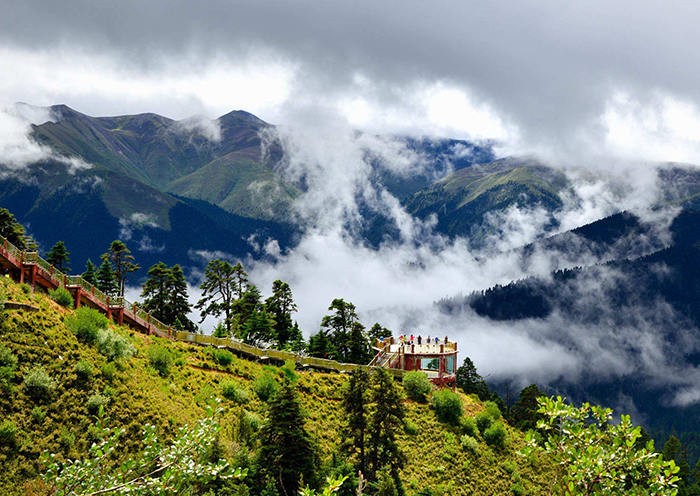
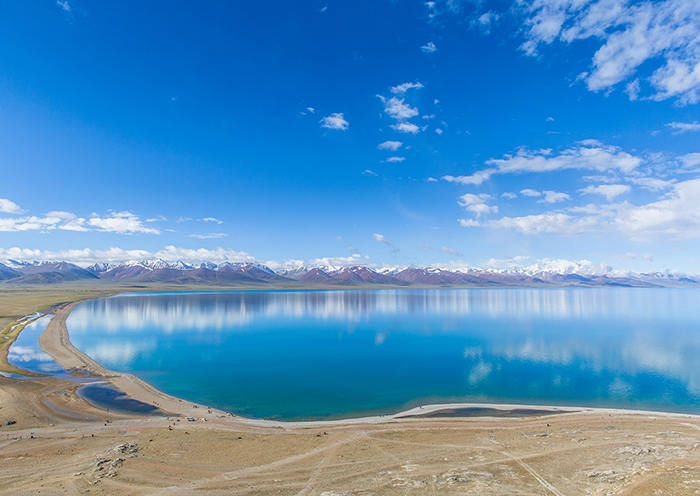
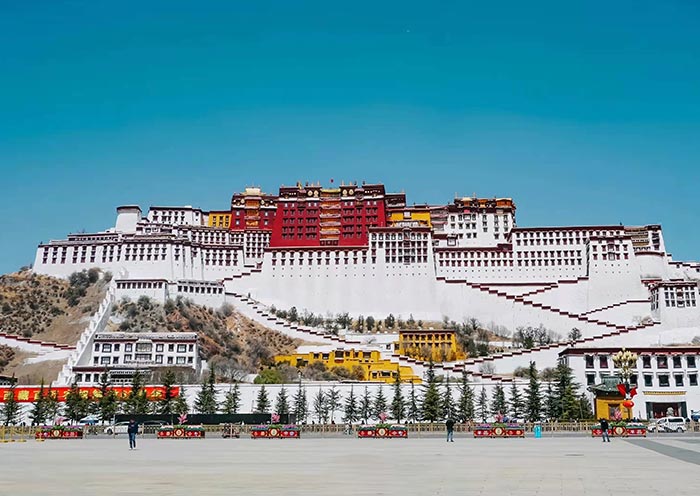
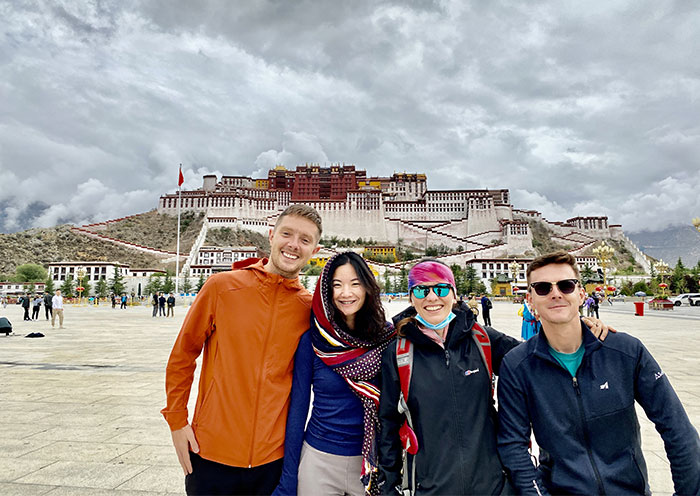
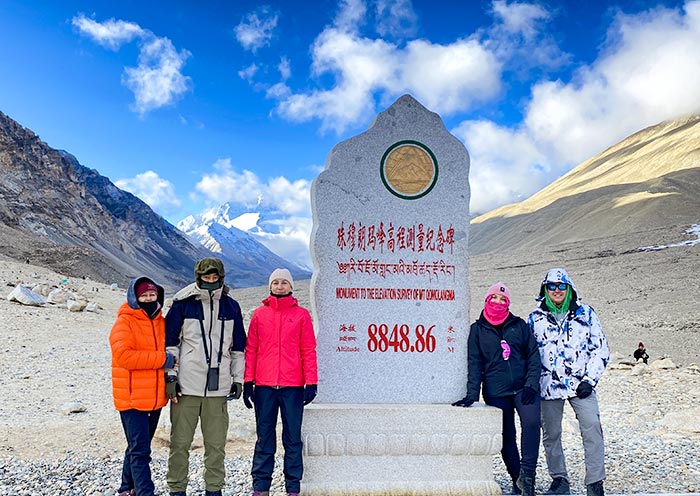

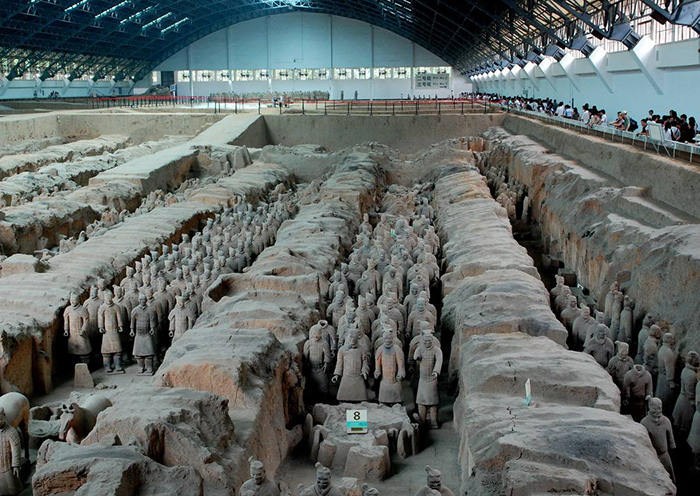
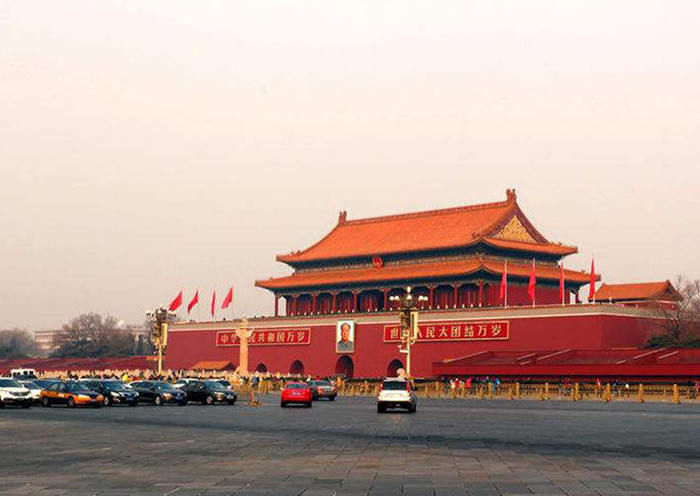
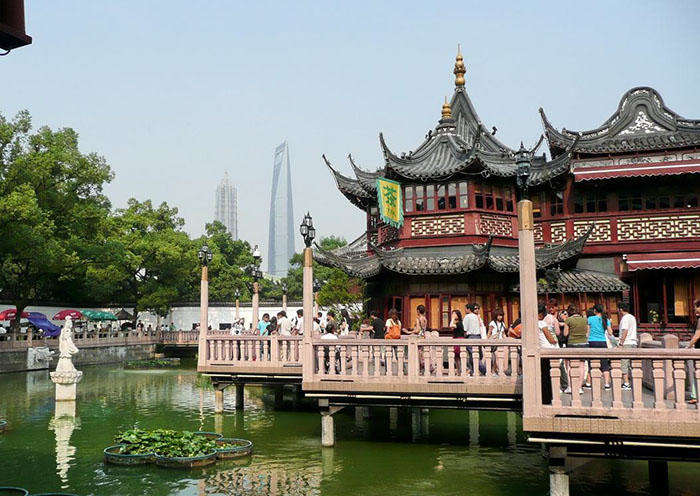

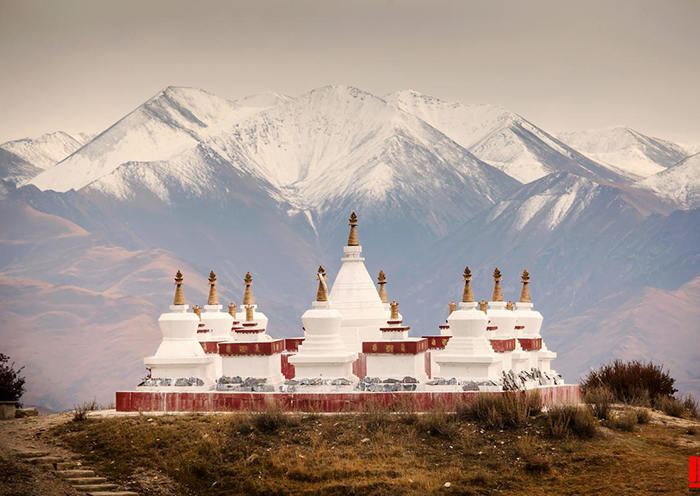
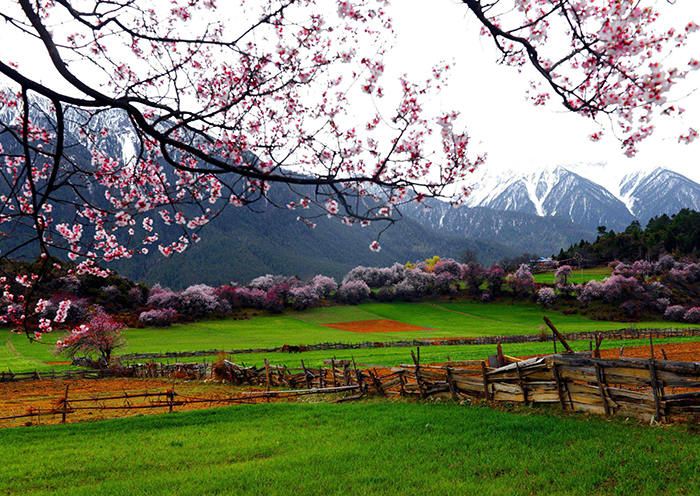
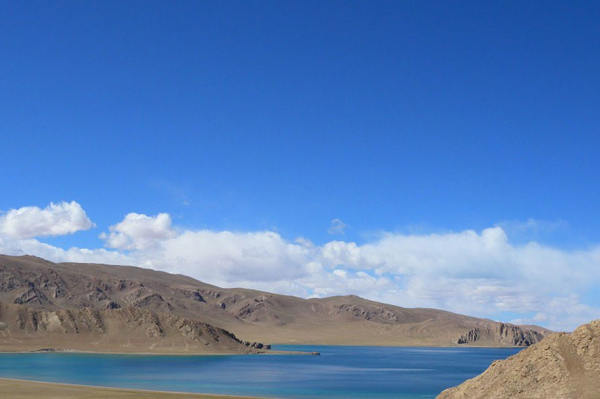

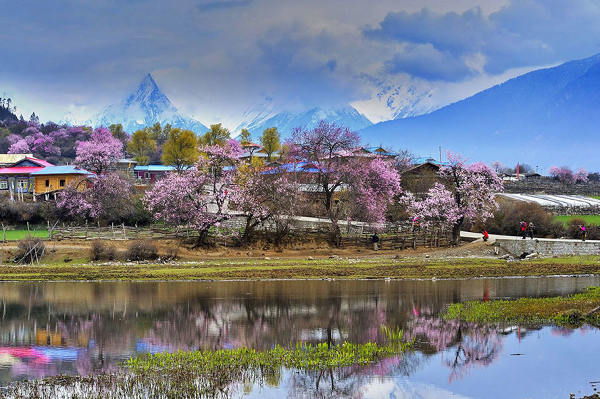
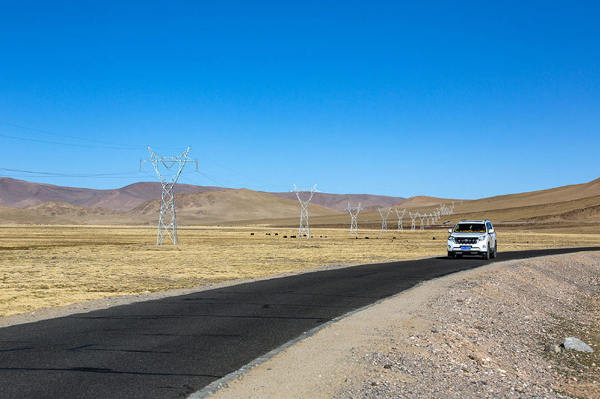

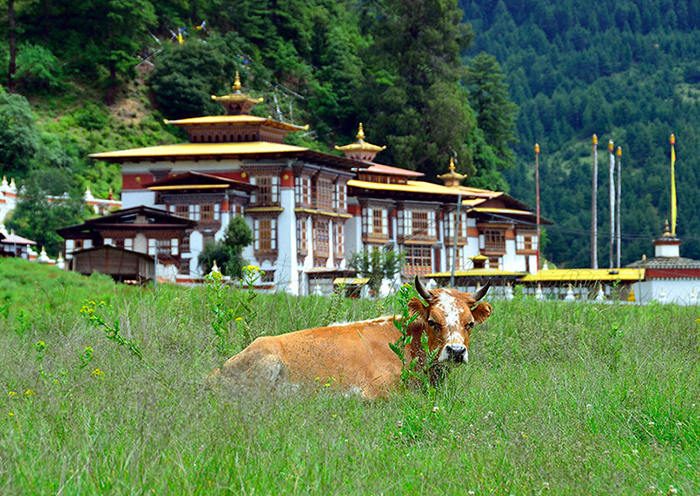
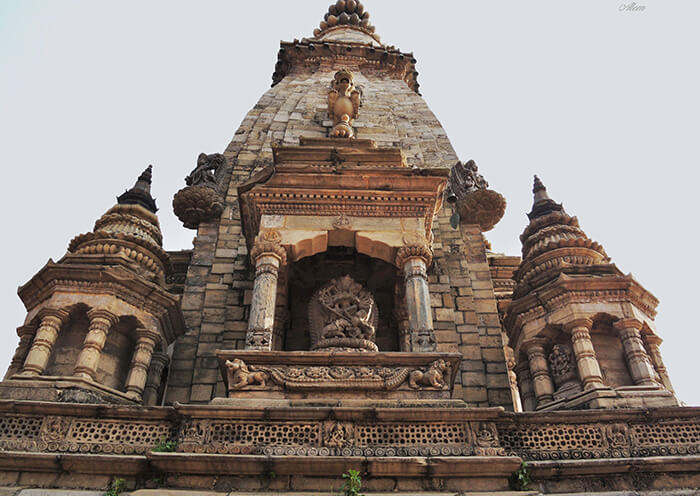


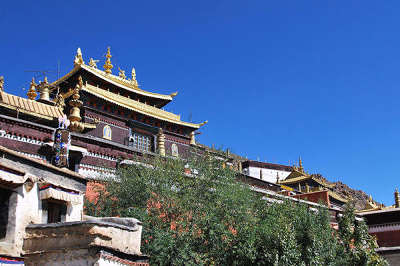
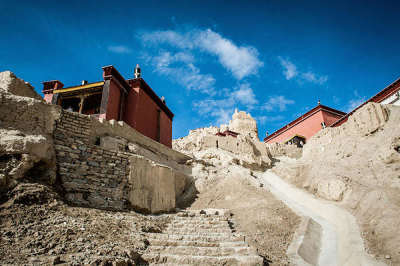




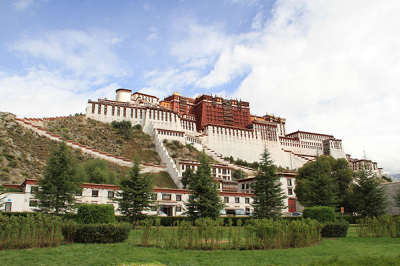
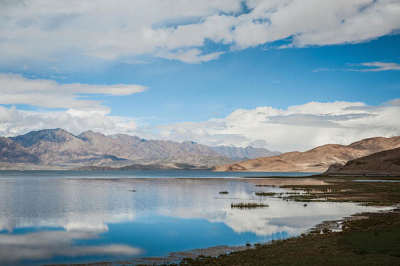


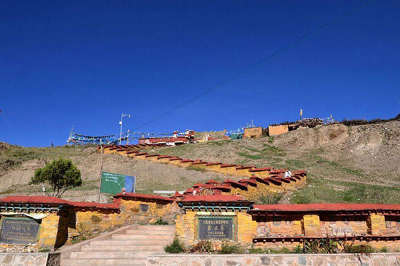

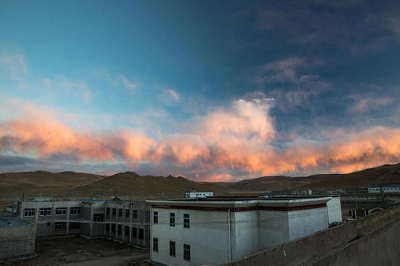
 Data in submission...
Data in submission...